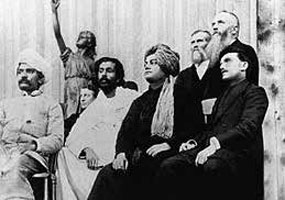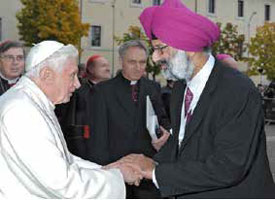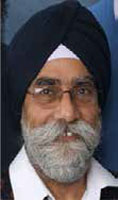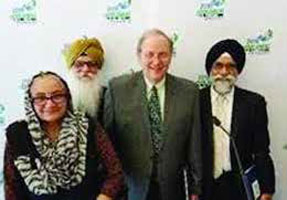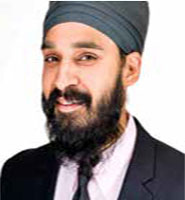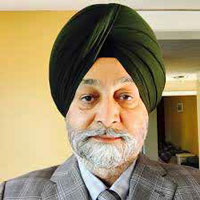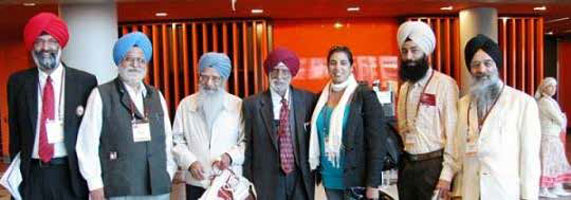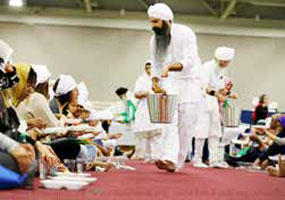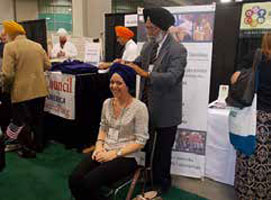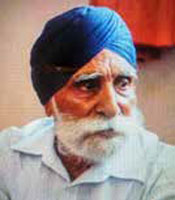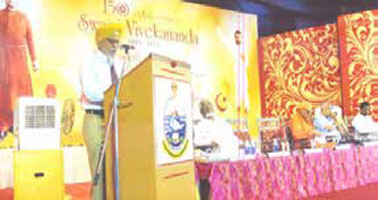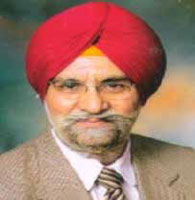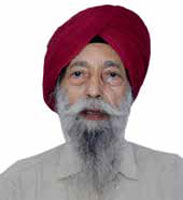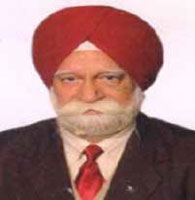He
was invited to Vatican after the representatives from
the Vatican had heard him in at interfaith event in
Taiwan. Impressed and in agreement with the values and ideas that Harbans expressed while conducting his seminar, a personal invitation was sent to him to be part of the Day of Prayer for Peace in the World held in Assisi in 2002. Such is the extent of the recognition he has received in his field of work. However, it is notable that Indian Sikhs have not shown much interest in such International meets, particularly as compared to the Sikhs living in adoptive countries. The reasons are obvious. Our clergy dominating the Indian scene is unable to communicate in English and other foreign languages. Further, in India there are fewer religions to deal with and communication with them can be made in Punjabi, Hindi or Urdu, but, in foreign countries, the sikhs diaspora have to live along with the people of diverse faiths, speaking different languages of the world. Thus, it is the need of sikhs to maintain best of relations with all of them. Interfaith programs provide them an opportunity to interact, know their views and apprise them of Sikh concepts. So an effective communication is very helpful for maintaining peace and harmony in mutual relations. In view of these facts only a few Sikh scholars from India have attended international events. Some of the Sikh scholars in India too try to promote interfaith dialogues in different ways. For example, S. Nanak Singh who is director of International Sikh Centre for interfaith relations. S. Nanak Singh Nishter writes on such relations, for example, his writings, teachings for muslims and muslims affectionate opinions about Sikhs and the Gurus (available in urdu also) are meant to make the relationship between Sikhs and Muslims warm and cordial. His books are also available in local language, Telugu, which help the local people to understand Sikh religion. He also represents Sikh religion on behalf of his organisation at many important conferences in India and abroad on interfaith matters. When Ramakrishana Mission Chennai organised a parliament of religions for commemorating the 150th birth anniversary of Swami Vivekananda, he had presented a very valuable paper on unity of mankind through harmony of religions. He had rightly concluded that Sikh religion strongly supports this concept of unity of mankind through understanding and respect of all the religions. When we understand others, only then we can explain our concepts. Thus, to conclude, it can be said that there may be different ways for propagating our religion, but the best way is through self example, meaning thereby, by adopting Guru’s teachings in our life and respecting others for following their own. The ultimate aim of all religions is to make our life peaceful and useful. Whatever is to our religion, our prayer must be universal in appeal such as our Guru says.
